
Photo Caption
Cannabis breeding and genetics centre creates three new strains for Aurora Cannabis
When Decafnation last reported on the Cannabis Innovation Centre in the spring of 2019, construction of the 32,200 square foot facility had just gotten underway and its ownership was in transition from Jon Page’s original Anandia Labs to the publicly-traded company Aurora Cannabis.
Since then, the pioneering breeding and genetics program at the centre, led by Greg Baute, PhD, got underway in February 2020 with a team of seven scientists and a dozen cultivation and operational personnel. Their early work has already culminated in the creation of three new cannabis cultivars that Aurora will release to consumers this month.
Aurora held a virtual media event this week to introduce the trio of unique cultivars — Stonefruit Sunset, Lemon Rocket and Driftwood Diesel — which have attracted widespread interest within the cannabis community. They are being marketed under the brand name, San Rafael.
They are the first of many new cultivars that Baute expects to breed on a regular basis.
The term ‘cultivar’ is short for cultivated variety and refers to a plant propagated for its desirable characteristics, such as THC or CBD content or aroma. They are commonly referred to as strains.
READ MORE: Vanier grad builds cannabis science hub in Comox
READ MORE: CIC Director Greg Baute hopes to redefine cannabis breeding
But the event also offered a first look inside the finished centre, now renamed Aurora Coast. A short video played at the media event showed Aurora Coast’s large expanse of cannabis plants stretched out across the 21,700 square foot greenhouse and illuminated by endless banks of LED lights and complex irrigation systems.
Aurora Coast exists in the Comox Valley because the breeding and genetics centre is the brainchild of G.P. Vanier grad Jon Page, PhD, who in 2009 became the first scientist in the world to sequence the 30,000 genes in the cannabis genome.
Jon and his twin brother Nick, who is now the general manager of the Aurora Coast facility, grew up on Headquarters Road and attended Tsolum Elementary and Vanier High School. Jon earned his PhD in Botany at UBC and in 2013 co-founded Anandia Labs in Vancouver as a cannabis testing and research laboratory.
But Page envisioned a larger facility for the pure science of discovering how the cannabis plant works, its breeding and genetics, and how to improve it as a commercial product. He had acquired the land near the Comox Airport and began building what he originally called the Anandia Cannabis Innovation Centre.
Then, in early 2019, Aurora Cannabis acquired Anandia for about $115 million in stock. Jon Page was initially Aurora’s chief scientist and now is a senior science advisor for the company founded in Edmonton.
READ MORE: Cannabis Innovation Centre construction underway
WHAT IS A CULTIVAR?
The word cultivar means a cultivated variety; thus, a cultivar is selected and cultivated by humans. Although some cultivars can occur in nature as plant mutations, most cultivars are developed by plant breeders and are called hybrids.
A first-generation hybrid occurs when a breeder selects two pure lines (plants that would produce identical offspring when self-pollinated) and cross-pollinates them to produce a new plant that combines desirable characteristics from both parents. One major thing to remember is if new plants are grown from the seeds of a cultivar, rarely, if ever, do the new plants develop true-to-seed. True-to-seed simply means the offspring is genetically the same as the parent. To cultivate a true-to-seed type offspring (a clone) from cultivars, one would have to be vegetatively grown, such as from cuttings, grafting, or tissue cultures.
— Yard and Garden
SUBSCRIBE TO OUR NEWSLETTER
Courtenay Council announces its regional district line-up and other appointments
Courtenay City Council’s annual appointments announced after a short delay
A few random items as the 2022 election comes to a close
Long-time public official Bronco Moncrief dies, Manno Theos hangs out in Greece, and Daniel Arbour reacts to lies about his campaign finances
Decafnation candidate voting sheet
A list of candidates endorsed by Decafnation
Join the discussion Oct. 3 about food system security in the Comox Valley
The Watershed Sentinel magazine is hosting a zoom webinar Oct. 3 on food system security in the Comox Valley
THE WEEK: Busting the myth that council members come with a blank slate
The Old Guard faction of Comox Valley political activists has been trying for decades to create a cohesive voting block
Three candidate forums for Oct. 15 Comox Valley elections
See and hear the candidates in person for this fall’s municipal elections. We list the three candidate forums
The Mack Laing Trust: BC Supreme Court hears arguments in 40-year case
Mack Laing Heritage Society says the Town of Comox is in a rush to clean up a mess of its own making, while town and Attorney General lawyers call The Society’s evidence “irrelevant.”
Comox Valley Nature webinar to discuss effect of climate change on marine life
Comox Valley Nature lecture to discuss how this summer’s heatwave killed off billions of sea life and the future for marine ecosystems
New North Island organics processing facility raises concerns about cost, fire and odours
Campbell River environmentalists raise concerns about the the cost and location of the Comox Strathcona Waste Management Commission’s new organics processing facility
Comox Valley social activist Wayne Bradley dies after short battle with cancer
Well-known community activist Wayne Bradley suffered a short battle with cancer.

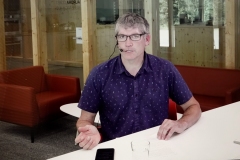
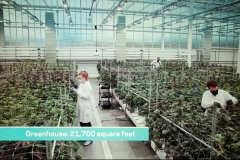
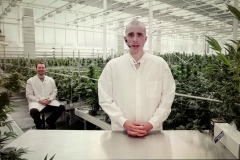
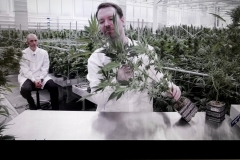
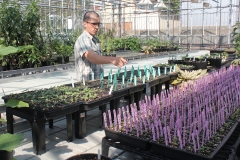

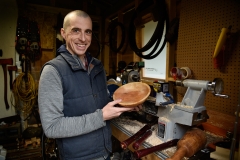
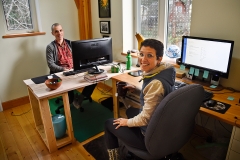

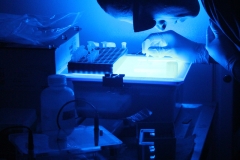
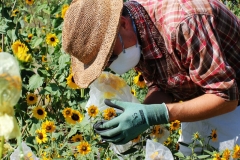
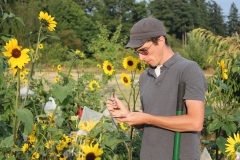
Cannabis has both healing and spiritual uses if approached respectfully. Criminalization was a huge barrier to the healthy use of cannabis. I am not sure if the profit driven corporatization of a sacred plant will turn out to be much better than criminalization. It should have been legalized for home growers first. Just my opinion. Good luck to all.